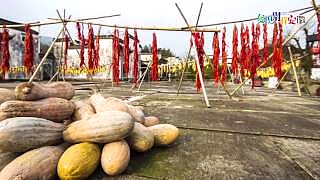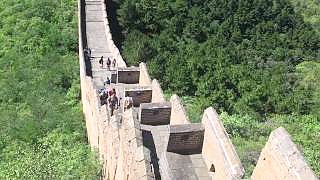With XiaoQianFeng ...
[640],shadow=true,start=,stop=Related Videos
Featured Videos

|
|

|
With Gecko Walks ...
|

|
Daylight robbery.
With Reports on China ...
With Ben Norton ...
With Daniel Dumbrill ...
|

|
East China
|

|
With Garland Nixon ...
Nordstream : The sheep (Germany, 'allies') spends it's whole life scared of wolves only to be eaten by the shepherd (the US).
|

|
Apologies - some ill-health issues slowing things down atm.
|

|
With NuMuves ...
Bonus film - on Venezuela, with Ben Norton and The Moderate Rebels ...
On Nicaragua ...
On the MSM ...
On Ethiopia ...
BeiJingBuzzz - because truth is sacred.
|

|
About 2 1/2 hours NNE from BeiJing city center ...
|

|
With Walk East ...
|
 Country girl builds a new studio
Country girl builds a new studio



